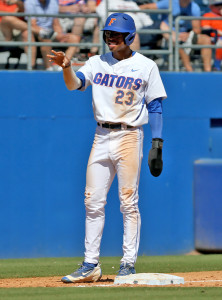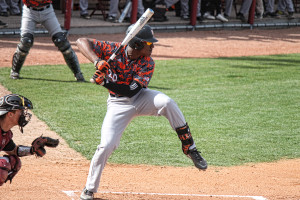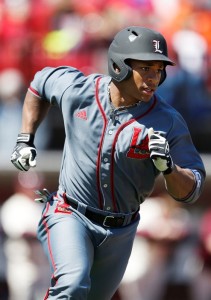Major League Baseball is “unlikely” to issue any penalty to the Cardinals for the organization’s role in the Astros computer breach controversy prior to the upcoming amateur draft on June 9, Derrick Gould of the St. Louis Post-Dispatch hears from sources familiar with Commissioner Rob Manfred’s thoughts on the matter.
Manfred “has wide latitude” in issuing a punishment of some type to the Cards, and it has been heavily speculated that the penalty could include limitations on the team’s draft pool or perhaps simply taking away some picks altogether. The league has been unable to complete its investigation into the matter, however, since the sentencing hearing for former St. Louis scouting director Chris Correa has been postponed multiple times. The hearing for Correa (who pleaded guilty to charges) is currently scheduled to take place on July 5.
As Goold notes, the coming draft projects as a bountiful one for the Cardinals given the number of extra picks and spending at their disposal. St. Louis owns four of the first 70 picks and has a draft pool of just under $9.1MM, totals boosted by the compensation picks the club received when Jason Heyward and John Lackey left in free agency after rejecting qualifying offers. If a punishment isn’t issued in time for this draft, the Cards will have a chance to stock up on young talent now before possibly facing the loss of picks in the 2017 draft.




